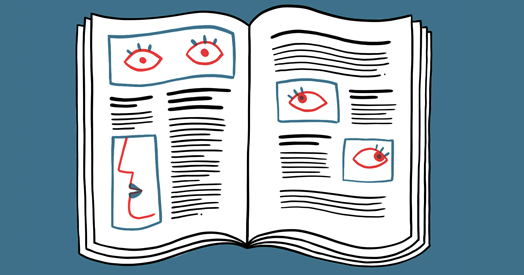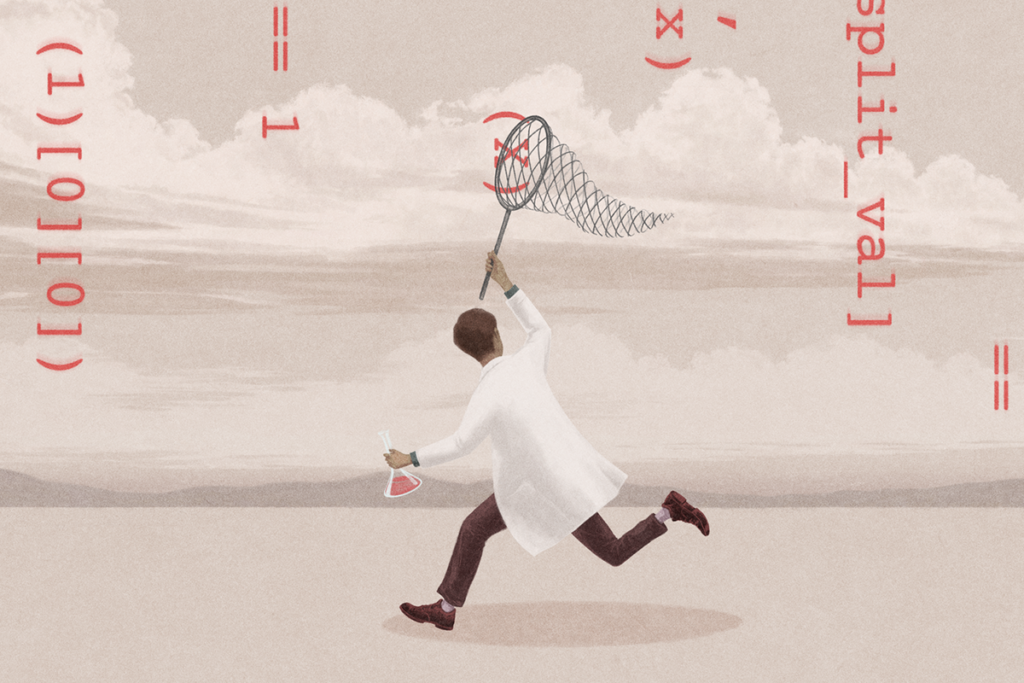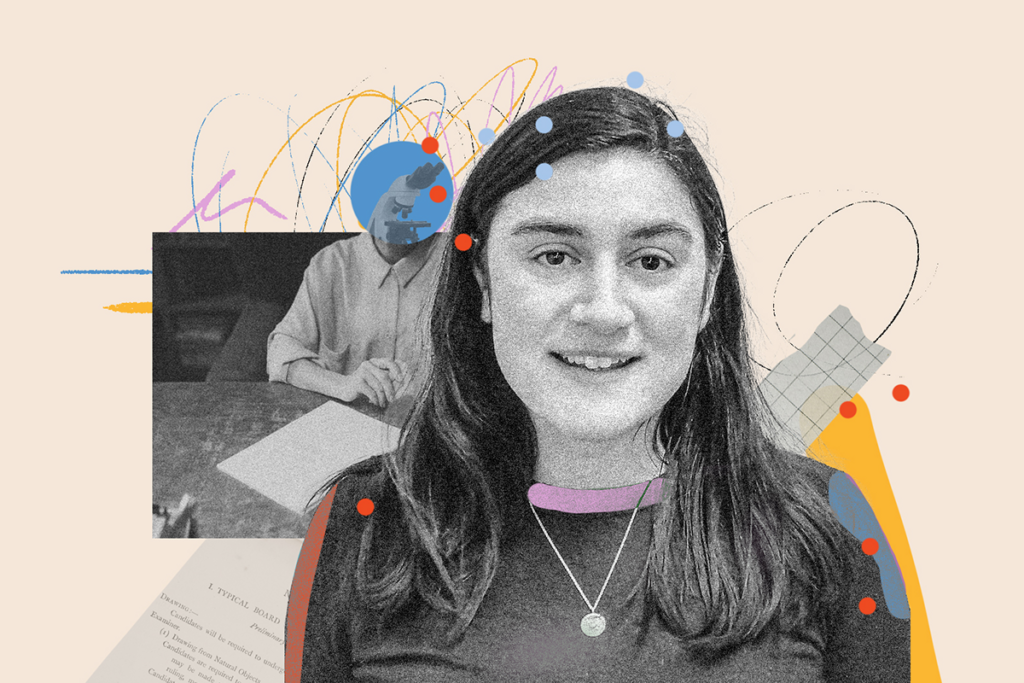Video: Secrets of the brain at rest
Brain imaging experiments often require the participant to perform tasks while lying inside a brain scanner for up to an hour — not a pleasant experience for anyone, let alone a child with autism. Saturday afternoon at the Society for Neuroscience annual meeting in San Diego, Steve Petersen described ‘resting state’ imaging, in which participants lie in the scanner for just five to ten minutes.
Brain imaging experiments often require the participant to perform tasks while lying inside a brain scanner for up to an hour — not a pleasant experience for anyone, let alone a child with autism. On Saturday afternoon at the Society for Neuroscience annual meeting in San Diego, Steve Petersen described ‘resting-state’ imaging, in which participants lie in the scanner for just five to ten minutes.
Petersen’s team at Washington University in St. Louis is collecting resting-state scans from 180 children with autism from ‘simplex’ autism families — in which only one child is diagnosed with the disorder — and comparing them with scans of healthy siblings and controls. Circuits that turn out to be out of sync in the autism group would be good targets for further investigation, he says.
For more reports from the 2010 Society for Neuroscience meeting, please click here.
Recommended reading

New organoid atlas unveils four neurodevelopmental signatures

Glutamate receptors, mRNA transcripts and SYNGAP1; and more

Among brain changes studied in autism, spotlight shifts to subcortex
Explore more from The Transmitter
Can neuroscientists decode memories solely from a map of synaptic connections?

AI-assisted coding: 10 simple rules to maintain scientific rigor
